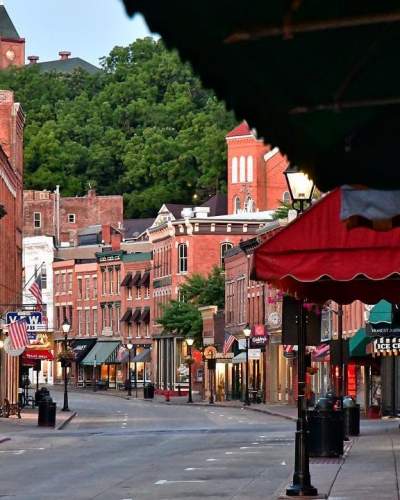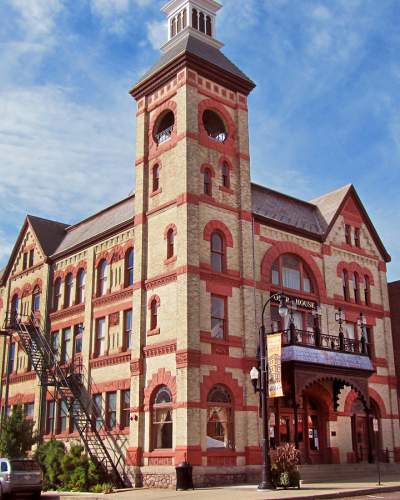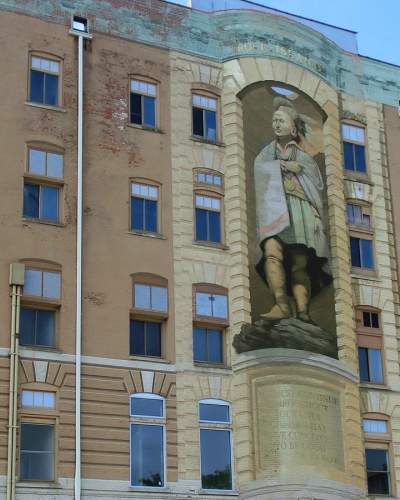
Show more in category of Arts, Culture & History
The Life of Abraham Lincoln in Illinois
Jan 01, 2016
Find Abraham Lincoln all over Illinois. Read more about The Life of Abraham Lincoln in Illinois
Explore Our Past, Through Illinois Historic Sites and Attractions
Illinois history is full of fascinating stories and engaging events. From the streets of historic communities, to the halls where American presidents once walked, to the vistas of a prehistoric city, trace the history of Illinois and discover how its legacy is felt even to this day.




A Trip Down Memory Lane
The land we now know as Illinois was first occupied by Native American settlements, and much later, French explorers. It became the 21st state in 1818.
Kaskaskia and Vandalia were its first capitals, before Springfield took over in 1837. Illinois played a big part in the Civil War era.
The Great Chicago Fire of 1871 spurred remarkable innovation, and Chicago's status as a cultural and economic powerhouse was cemented when it hosted the 1893 World's Fair.
Along the way, there've been countless more stories. Discover some here.

Illinois History
Illinois' history is closely intertwined with that of our 16th president. As you trace his footsteps, you'll see how the history of our state influenced the future of an entire nation. Check out 10 notable historic sites in central Illinois where Lincoln's living legacy shines on. Follow his life through New Salem and Springfield.
Trace Illinois' history through some of its most notable historic events and facts, and explore the sites that echo that legacy today.

Illinois History
Discover Nauvoo, one of the most significant historical sites in Illinois, nestled on the banks of the Mississippi River. This well-preserved and restored town takes you through the history of an early Mormon communinty, with more than 30 historic sites, demonstrations, and tours in horse-drawn wagons. It's a must-visit historic destination to experience mid-19th century life in Illinois, and to understand the roots of a belief system.

Illinois History
Plan a trip to picturesque Amish country in central Illinois, a key historic attraction in the heart of the state. Explore a community where black buggies rule the road, teams of horses plow the fields, and locals greet you with a friendly wave. Here, traditional lifestyles and crafts are preserved with exceptional care. It's a rare glimpse into a unique side of Illinois' history and cultural heritage, and one you'll want to check off on your tour of Illinois historic sites.

Illinois History
Discover America’s ancient past at Cahokia Mounds, a place rich with history. This State Historic Site and UNESCO World Heritage Centre is the remains of a prehistoric city that stood from 800 to 1400 AD, offering a window into the ancient Mississippian culture that thrived here. It's a unique opportunity to explore the historical foundations of Illinois in one of America's most significant historic sites.



